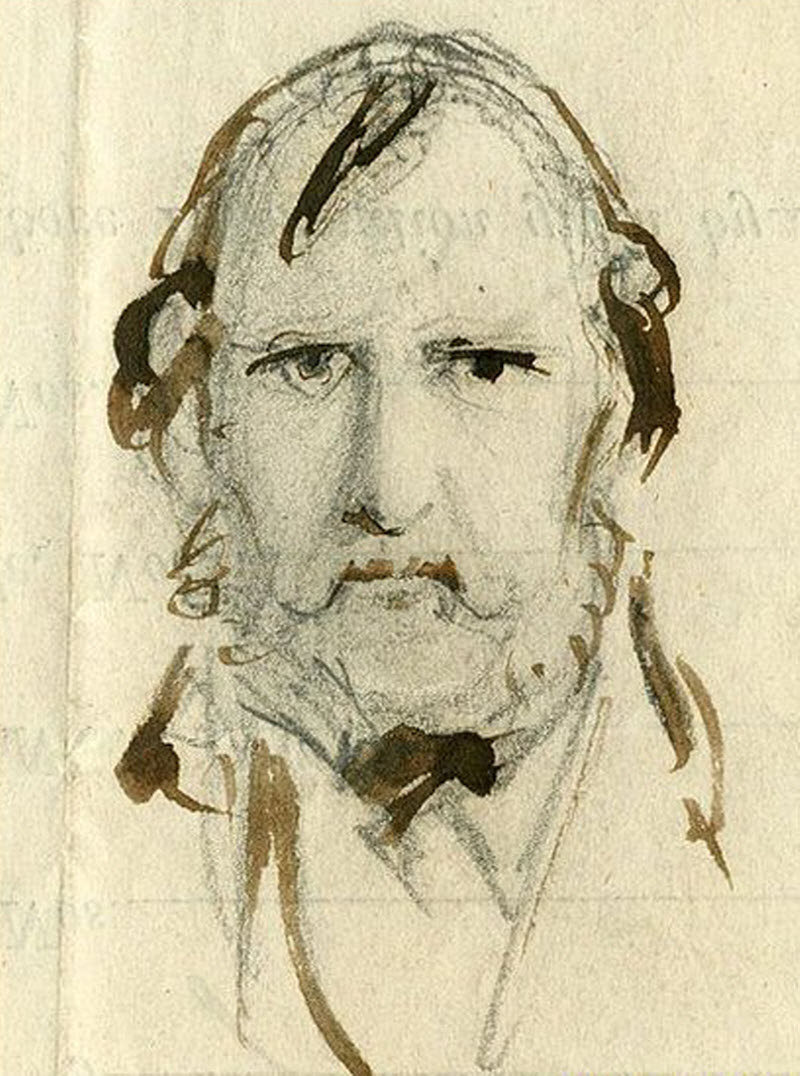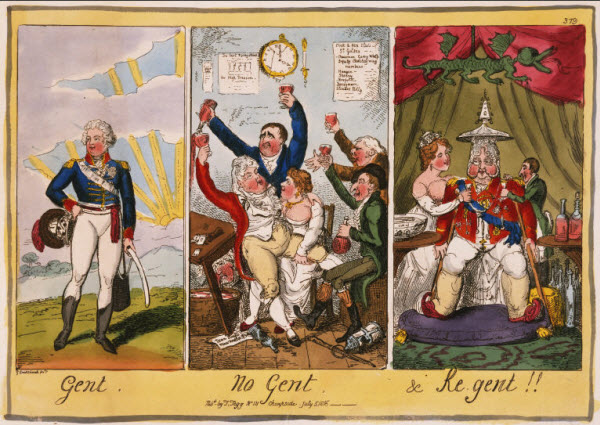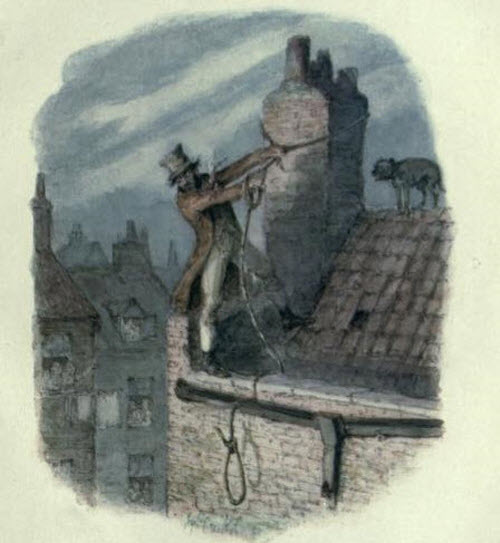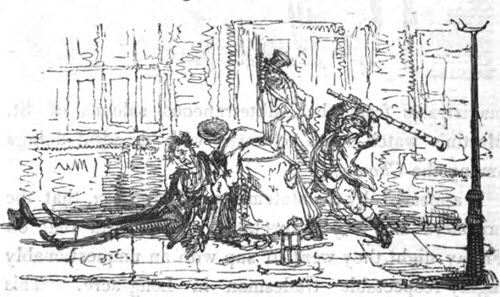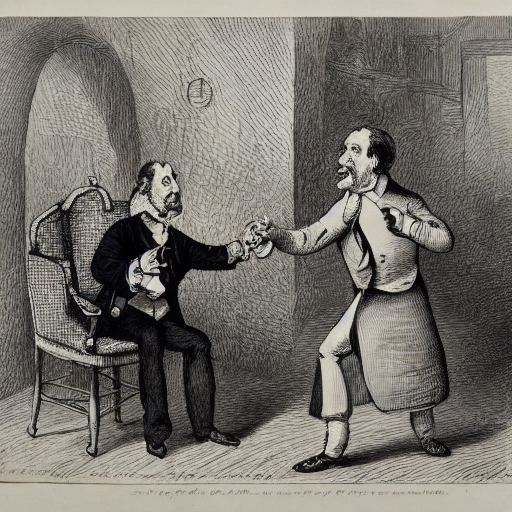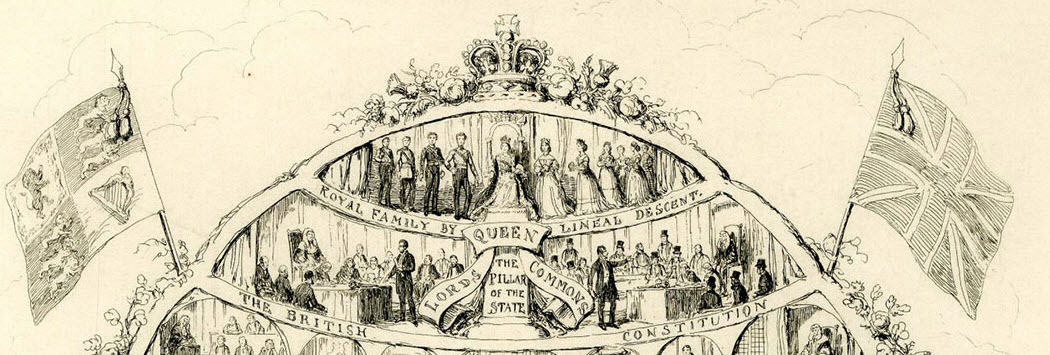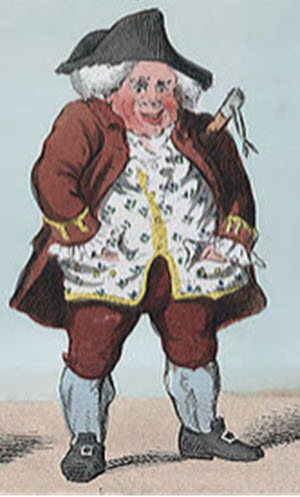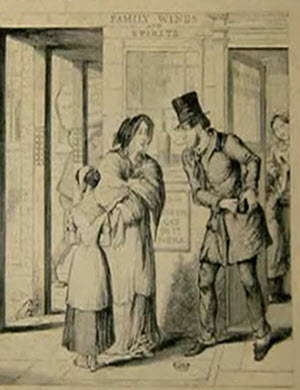Peter Schlemihl is a novella written by German author Adelbert von Chamisso and first published in 1814. The story follows the titular character, Peter Schlemihl, who, after losing his shadow, becomes an outcast in society and embarks on a journey of self-discovery.

The story begins with Peter Schlemihl, a young man who encounters a wealthy stranger in the park. The stranger offers him a job as his personal secretary, but when Peter extends his hand to shake, the stranger recoils in horror at the sight of his shadowless hand. Peter realizes that he has lost his shadow and becomes a social outcast, shunned by his former friends and unable to form new relationships.
Desperate to regain his shadow, Peter seeks out the stranger and learns that he is a man named Mr. C. The stranger reveals that he is in possession of a magical purse that grants unlimited wealth but can only be used by someone without a shadow. Mr. C offers to give the purse to Peter in exchange for his soul, but Peter refuses.
As Peter continues his journey, he encounters a number of people who are willing to help him despite his lack of shadow. He meets a painter who is fascinated by his shadowless form and creates a painting of him. He also meets a group of hermits who take him in and offer him refuge.
Eventually, Peter meets a woman named Mina, who falls in love with him despite his lack of shadow. They get married and have children, and Peter finally finds happiness and contentment in his new family.
The story of Peter Schlemihl is often interpreted as an allegory for the search for identity and the struggle to find acceptance in society. Peter's loss of his shadow represents his loss of identity and his subsequent journey represents his search for a new sense of self. The magical purse symbolizes the allure of wealth and power, which can come at the cost of one's soul or sense of self.
The novella also touches on themes of class and social status. Peter's loss of his shadow causes him to lose his status in society and become an outcast, highlighting the importance of appearance and social standing in 19th-century Europe.
The 1861 London edition of the novella was illustrated by the English caricaturist and book illustrator George Cruikshank. His detailed and evocative drawings brought the story to life for a new generation of readers, and remain an iconic visual representation of Peter Schlemihl to this day.
In conclusion, Peter Schlemihl is a timeless story that explores universal themes of identity, acceptance, and the search for meaning. The character of Peter Schlemihl serves as a reminder that even when one loses their sense of self or identity, there is always the possibility of finding a new path and a new sense of purpose.
